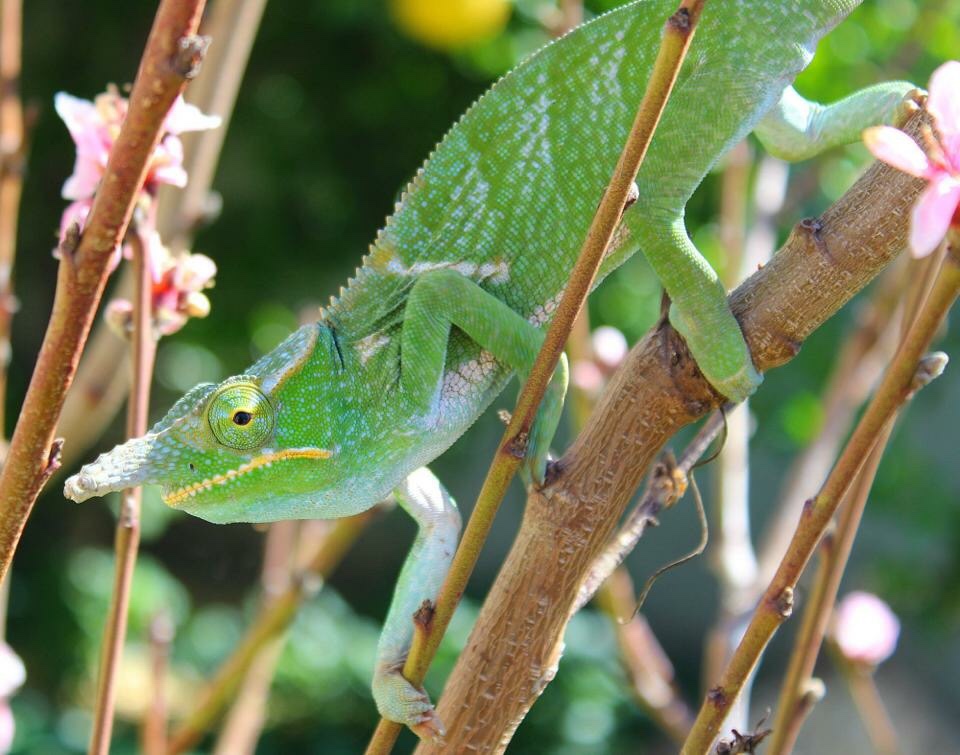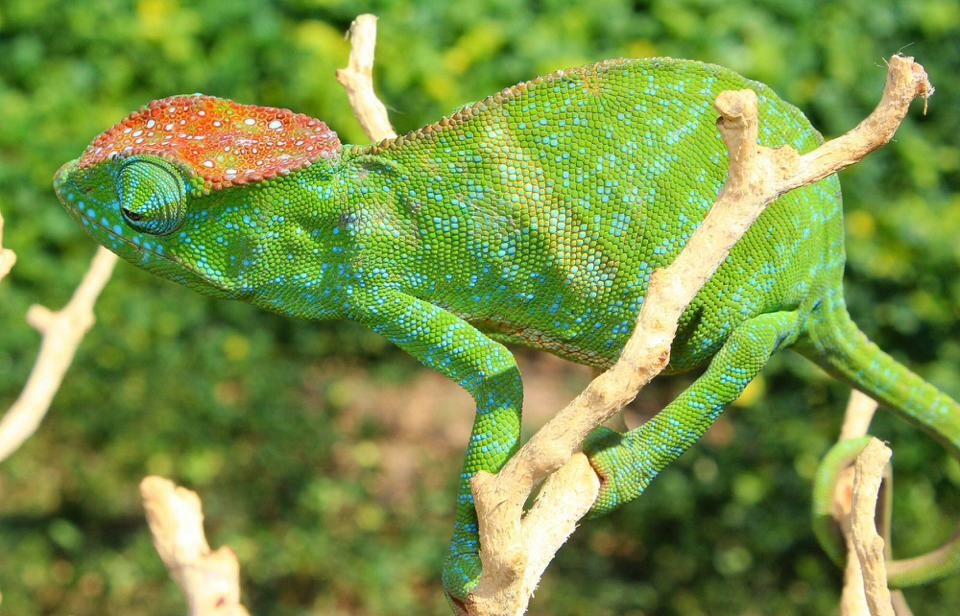NorthernCham
Member
Does anyone know of any research done on this species? Know of any people that have kept them? Successful breeding anywhere in the world? I will be receiving a young pair next week and it may be a fools errand but I am willing to give it a shot. I just need all the information I can get. I know the basics, just looking for information such as life expectancy, incubation time frame, diapause information, etc. Pretty much any info that anyone has would be appreciated, even if in another language, translation is not an issue. Thank you to anyone who can provide even a tiny detail.







